Xiaomi
Xiaomi Mi 9: a competitor for the OnePlus 6T
Aprox. 395€ - see price -
See specificationsTriple rear photo module, fingerprint sensor under the screen, SoC Snapdragon 855, Oled panel ... For its new standard-bearer, Xiaomi has put the package.
Our review
Presentation
Xiaomi continues. A few weeks after the Mi Mix 3, here is the new standard-bearer of the Chinese manufacturer, the Mi 9. A smartphone that is full of promises in performance, autonomy, ergonomics and photo. Terribly competitive on paper and launched at € 499, it comes to hunt on the grounds of the Honor View 20 and especially of the OnePlus 6T, the flagship killer par excellence. Does the kidneys have enough strength to win? The answer here ...
Continuing to do what he can do best, Xiaomi has just presented the Mi 9T in Spain. A phone that plays on the delicate balance ...
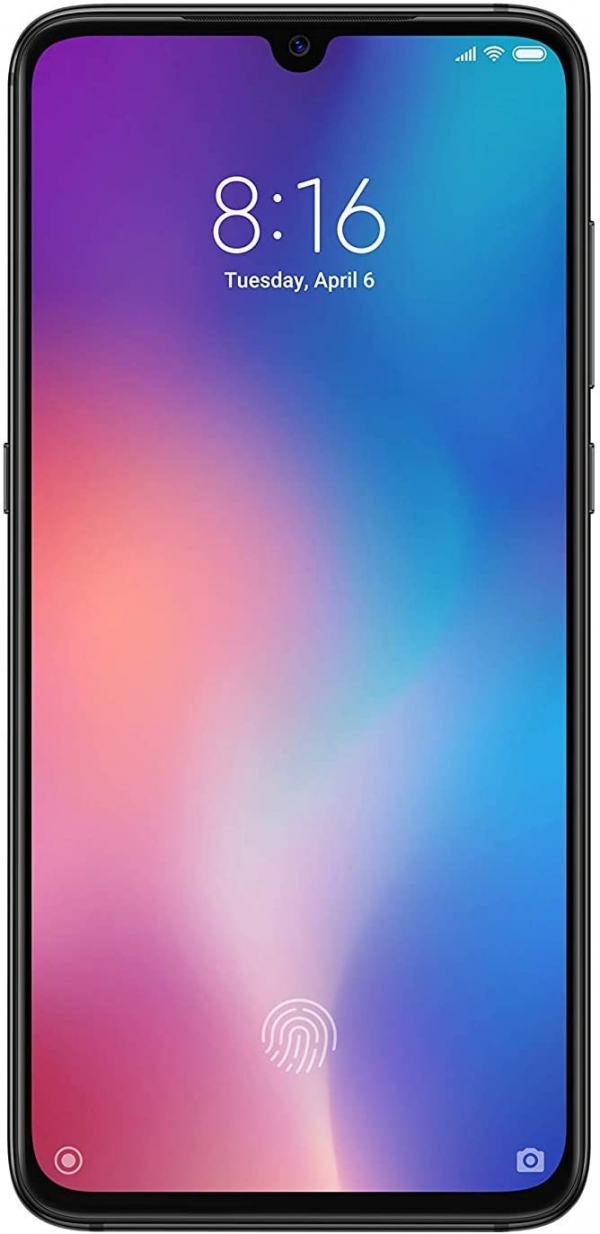
Ergonomics and design
The Mi 9 is an aesthetically successful smartphone. Its glass back and finishes even give it a premium look. At the front, the 6.4-inch Oled slab still occupies 85% of the facade, a ratio achieved thanks to the presence of a teardrop notch and offering a beautiful screen-to-edge experience. edge ". Positioned under the screen panel, the fingerprint sensor - which takes shape on the unlit panel - also brings a certain charm.
Once the Mi 9 in hand, the quality is also felt. Positioned on the right edge, the side, volume and lock buttons fall naturally under the finger. The fingerprint sensor proves to be very reactive, but remains positioned a little low, forcing a small adaptation time. Finally, Xiaomi added to Google Assistant button on the right edge. Well placed too, it can be personalized. A long press or double-click can therefore be used to launch the camera, turn on the flashlight, activate the reading mode or open the previous application. Very nice functionality.
Unfortunately, this table is somewhat tarnished by the lack of IP certification - the smartphone is therefore not waterproof - and microSD port. It will therefore be necessary to do with the 64 or 128 GB of internal memory, depending on the version. Note that 10.6 GB are immediately occupied by the operating system and the manufacturer's overlay.
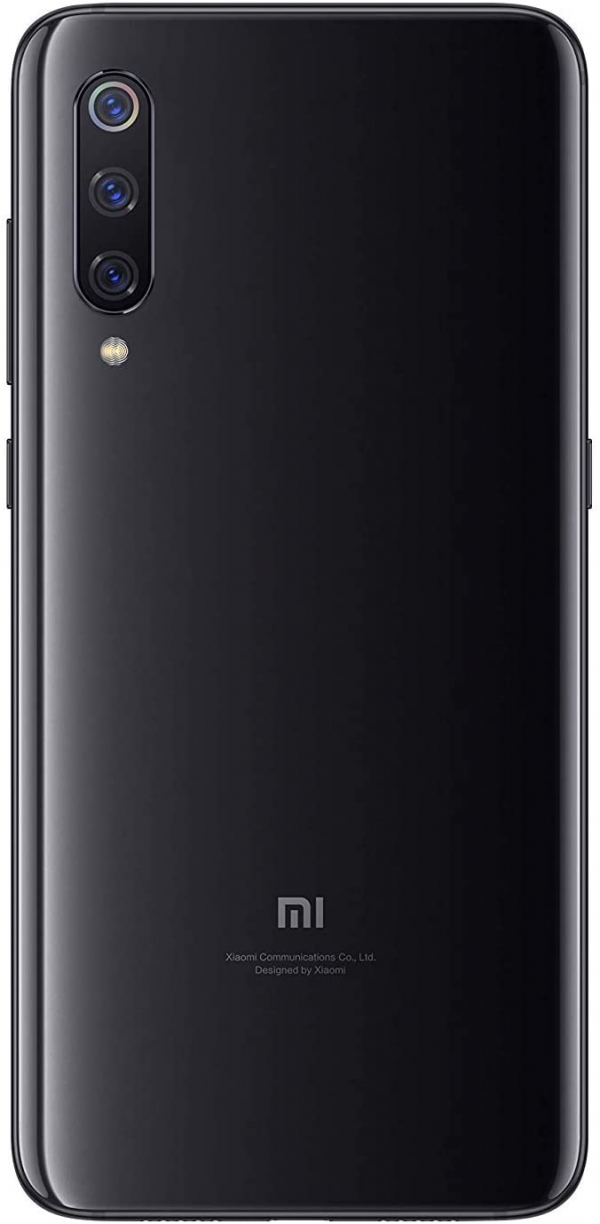
Screen
Xiaomi offers a high quality Oled panel. On its 6.4 inch diagonal, it displays 2,340 x 1,080 px for a resolution of 403 ppi. Manufactured by Samsung, this panel is exemplary in all areas, or almost. It is however necessary to make a quick hook in the parameters to get the best out of it. You will have to click on "Display", then "Contrast and colors" before choosing the "Default" profile.
This done, you will get almost perfect results. First of all in terms of colorimetry, since the average delta E (1,7) and the temperature a color temperature (6,550 K) reach ideal values. Note that, Oled obliges, we are here with an infinite contrast ratio and zero remanence. Suffice to say that it is a perfectly calibrated screen.
And in addition to being pleasing to the eye, the Mi 9 panel is efficient. Its brightness thus increases to 437 cd / m², a value sufficient to ensure good readability, even in direct sunlight. It is well helped in this by a rather contained reflectance. In the dark, the screen is able to go down to 2.1 cd / m², low enough not to catch your eyes. Finally, it also offers a limited tactile delay (60 ms).
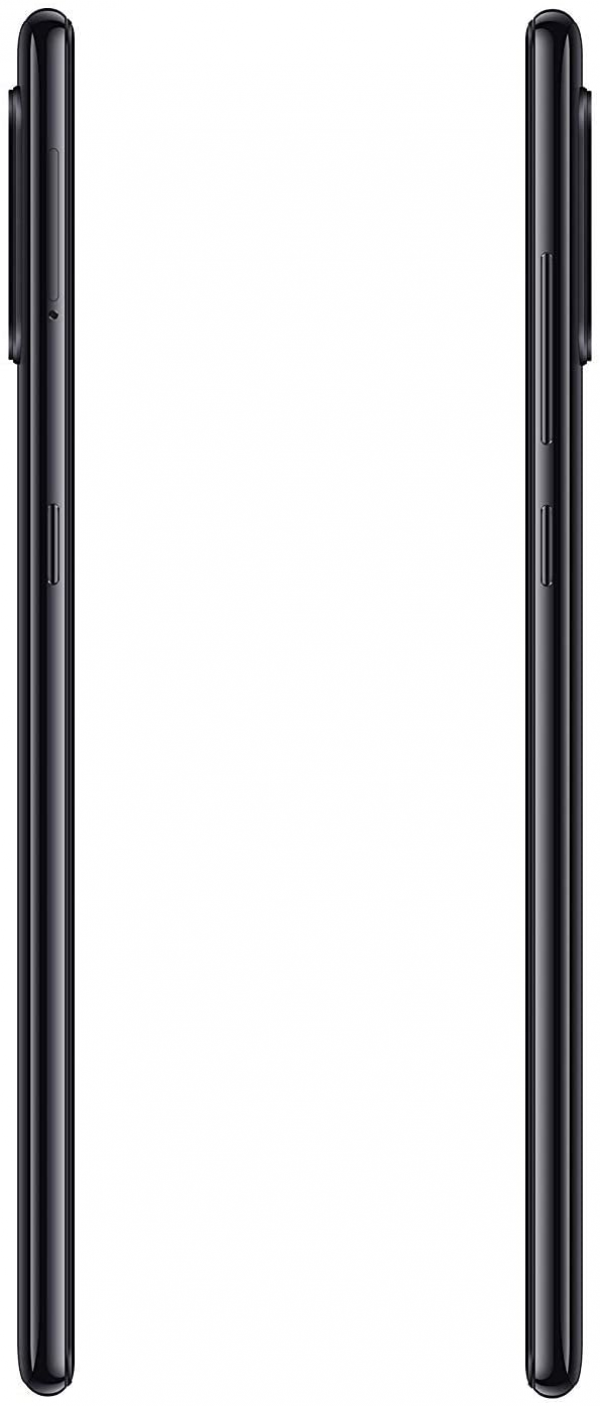
Performances
In terms of performance, the Mi 9 is simply flawless. It embeds the brand new high-end SoC from Qualcomm, the Snapdragon 855. The latter has four Cortex A55 cores at 1.8 GHz for the "little" part, three Cortex A76 cores at 2.42 GHz on the "big" part, with a fourth core that can operate at 2.42 GHz, but climbing to 2.84 GHz thanks to a new "boost" mode activating on this one and only core. The configuration is sufficient to be terribly efficient without ever being pushed to its limits. In addition to a fluidity to any test, the Mi 9 is therefore able to manage multitasking without flinching, and without heating.
When launching a game, the Andreno 640 GPU takes over. Fluidity and top graphics are assured, even with a gourmet 3D game. No problem to report here therefore.
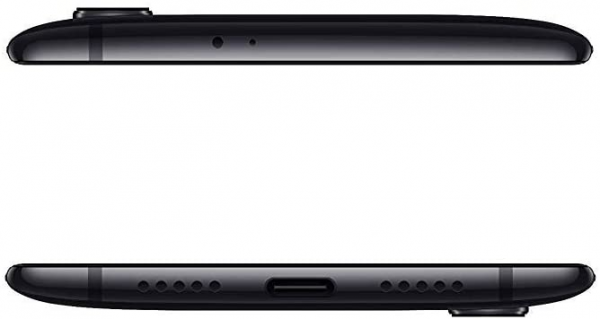
Audio
As a good 2019 stamped smartphone, the Mi 9 does not offer a 3.5 mm mini-jack connector. It will therefore be necessary to do it with the supplied USB-C adapter. Luckily, it turns out to be of good quality. It therefore offers suitable output power, a wide dynamic range and minimal distortion. Only crosstalk spoils the party due to poor stereo sound.
Located on the lower edge, the Mi 9 speaker has the advantage of being powerful. On the other hand, it sins a little more on the sound quality, offering a rather muffled and tight sound.
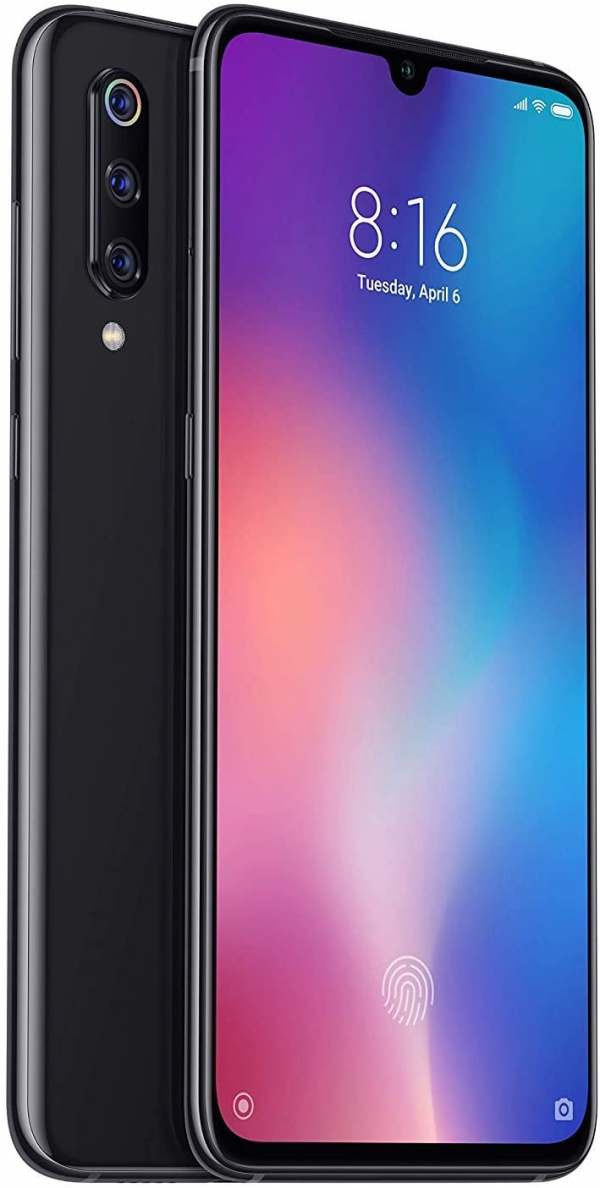
Photo
On its back, the Mi 9 has three sensors: the main 48 Mpx, the secondary with a very wide angle and the last with a 2x optical zoom. An interesting trio, offering wide possibilities to the user. Everything is wrapped in the Xiaomi photo application, which is rather complete and responsive.
It is therefore a Sony IMX586 48 Mpx sensor combined with a lens opening at f / 1.8 which acts as the main module. Using the pixel bining technique - four photosites combined to catch more light -, this camera therefore takes photos in 12 Mpx by default (48 divided by 4). In full light, the shots are just above average. The scene is clear, but the color reproduction remains a bit bland and the smoothing erases the details. A vignetting effect is also to be noted. It is necessary to switch to 48 MP mode, a very easy process in the application, to take advantage of less significant software processing and better quality shots.
In low light, Xiaomi found the solution in smoothing. A choice offering an always clear scene without noise, but with an accentuated loss of detail. A choice that is also felt, to a lesser extent, at 48 MP or in night mode. The fault in the treatment of Xiaomi that we have dissected in a news lab available here.
If the main module reveals the few limits of the treatment of Xiaomi, it must however welcome the effort of the manufacturer to offer three modules for the price of one. This very inspired choice of Huawei offers a range of possibilities to the user. And if that was not enough, they pay for the luxury of being of good quality, as we noted in our dedicated article. The very wide angle and the 2x optical zoom thus save the bet of their twin, and offer him a fourth star.
At the front, the 20 MP photo module offers good quality selfies. It is however necessary to deactivate the smoothing to take advantage of it in a realistic way. Present in the different options offered by the application, portrait mode has a fairly successful software bokeh. It can effectively cut even curly hair, but is content to blur the background without really bringing any additional effect. However, measurement is essential, pushing it to the maximum is enough to slightly crop faces and their contours.
The main photo module is capable of filming in 4K and 60 fps for an ultimately good result. The management of the exhibition is clean, as is the fluidity of the movements. ## Autonomy (5/5)
With its 3,300 mAh accumulator and its Snapdragon 855 chip, the Mi 9 was expected at the turn. And we must admit that the smartphone is doing well. Our SmartViser test, simulating a conventional use of smartphone, took 17 h 09 min to bring it below the 15% mark. A quite honorable score which places it above the OnePlus 6T or the Pixel 3. Honor's View 20 does however always get better.
By equipping the charger supplied with the smartphone, it takes approximately 1 hour to fully charge the Mi 9.
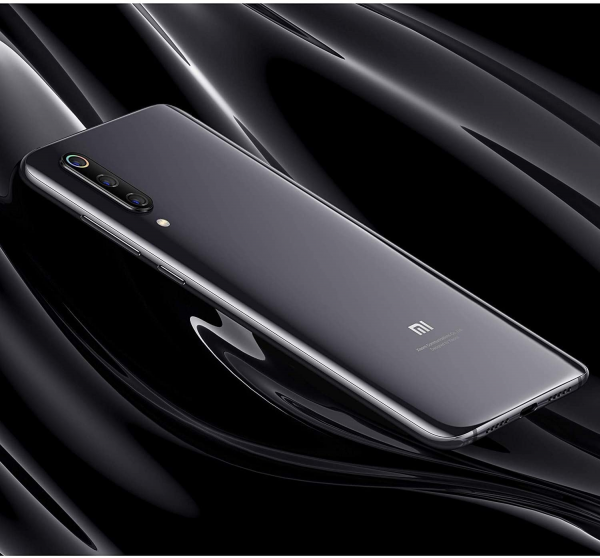
Conclusion
The Xiaomi Mi 9 achieves almost faultless. With its top performance, its perfectly calibrated screen, its fingerprint sensor under the screen or its very "premium" design, it had everything to become a benchmark. Its main photo module, however widely highlighted with its 48 Mpx, turns out to be a small disappointment, but it is made up for by the presence of a module dedicated to very wide angle and another offering a 2x optical zoom. This variety allows the Mi 9 to inflate its performance in photos and allows it to face the heights of our comparison, leaving behind the View 20 and coming to tickle the OnePlus 6T, the benchmark for killer flagships.
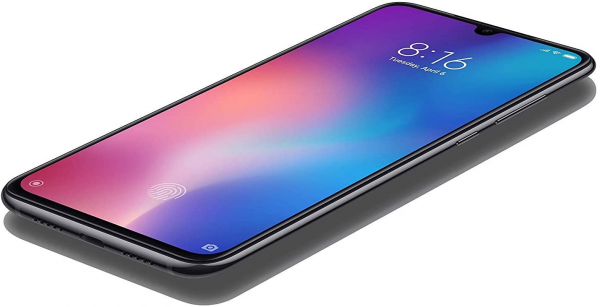
Specifications
Reviews

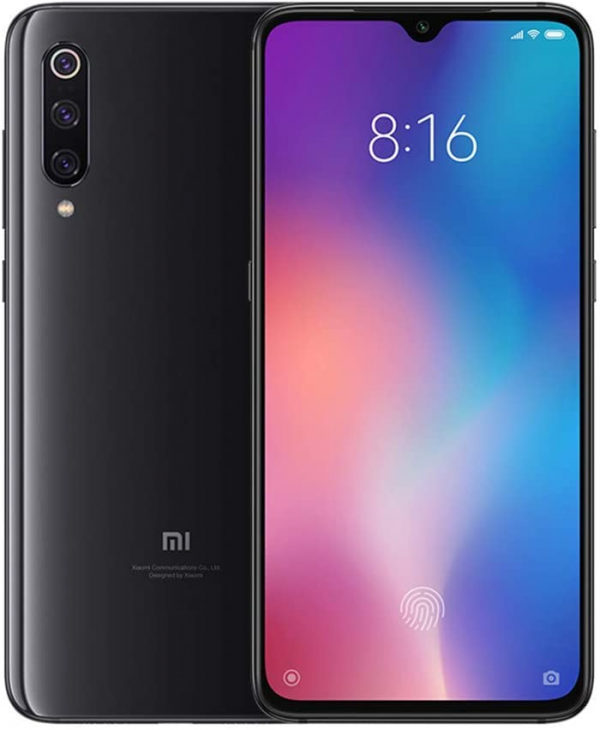
Not good for T-Mobile users
It's a nice phone but unfortunately not a good fit for TMobile users in North America. Missing LTE bands used by T-Mobile and sometimes I can't receive phone calls.
This is the best phone that Americans have never heard of...
I've had this phone for several months, and I STILL rate it as 5 stars.
I took this on vacation with me, and my friend kept comparing the photos between the Mi 9 and her Apple. This took far better pictures than the Apple.
The battery is lasting 2 days, with fairly constant use.
Not a phone for someone looking to flash a status symbol, most often people ask multiple times "what is it? What's it called?", But I would put this phone up against all the others out there. At 400 $ it's bar far the best option.
Quality-Price
Excellent phone, in costa rica work well (carrier Kolbi ICE).
In the BOX:
- Mi 9
- Simple protective cover
- Power adapter
- USB Type-C cable
- Type-C to audio (jack 3.5) adaptive cable
- SIM eject tool
- User guide
- Warranty card
Great phone
Honestly, i do not understand why in the past i would pay premium prices for flagship phones that do not outperform the Mi 9. What more is there to say? I got a Galaxy S10 equivalent for a fraction of the price.
Great phone for a good price - But need to download google camera app instead of default
Phone was sold to me as advertised and runs smoothly. Finger scanner is extremely accurate and camera quality is good with a catch. By default the Mi9's camera app applys some sort of "face softener" to selfies to remove blemishes. I looked around online to disable this effect but it is not possible. The fix is to look up Gcam (google cam) app download if you want your selfies to come out in raw high detail. Backward facing camera is excellent already.
Very good phone, the camera could be better
Received the ordered product. 4G works in Argentina as expected.
It is a very good phone considering the price, although the camera is not that good. the colors are not very accurate and the details some times are not very good. In some cases it improves with the GCam app, but just in specific scenarios.
Great camera!
I love the mi9! I used to only have Samsung phones (literally since I was in middle school) and then mine broke while still under contract. I ended up looking online and found the mi a2, which unfortunately fell in the ocean ha! Well I loved xiaomi at that point and decided to do some research to see what I can get. The mi9 has a great camera, it has great storage, it's a very nice screen size, and it's super lightweight. Battery life is also amazing, I use my phone a lot and I only need to charge it at bed time. There's so much to love about the phone!
CHINA IS SPYING ON YOU
I bought this phone for its specifications and low price, but I got a whole lot more. These phones have baked-in factory spyware that you cannot remove unless you root the device, and even then I wouldn't be sure it's safe. My social media traffic was being redirected to Chinese servers. My email was remotely accessed and synced from China. And my debit card was compromised. I returned the phone to Amazon and bought a Samsung. Huawei is already being investigated by the US for this same stuff, now it looks like Xiaomi is doing it too. Also just saw on the news where the US DOJ has issued indictments for 4 Chinese officials in connection with spying on US citizens.